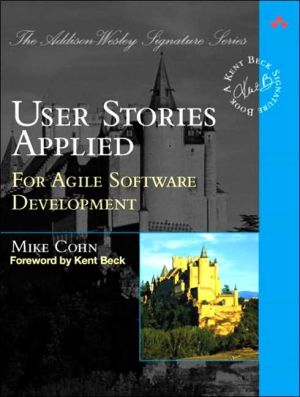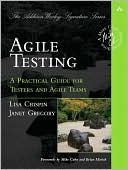Agent-Based Models (Quantitative Applications in the Social Sciences Series)
Agent-based modeling (ABM) is a technique increasingly used in a broad range of social sciences. It involves building a computational model consisting of “agents,” each of which represents an actor in the social world, and an "environment" in which the agents act. Agents are able to interact with each other and are programmed to be pro-active, autonomous and able to perceive their virtual world. The techniques of ABM are derived from artificial intelligence and computer science, but are now...
Search in google:
Agent-based modeling (ABM) is a technique increasingly used in a broad range of social sciences. It involves building a computational model consisting of "agents," each of which represents an actor in the social world, and an "environment" in which the agents act. Agents are able to interact with each other and are programmed to be pro-active, autonomous and able to perceive their virtual world. The techniques of ABM are derived from artificial intelligence and computer science, but are now being developed independently in research centers throughout the world.In Agent-Based Models, Nigel Gilbert reviews a range of examples of agent-based modeling, describes how to design and build your own models, and considers practical issues such as verification, validation, planning a modeling project, and how to structure a scholarly article reporting the results of agent-based modeling. It includes a glossary, an annotated list of resources, advice on which programming environment to use when creating agent-based models, and a worked, step-by-step example of the development of an ABM.This latest volume in the SAGE Quantitative Applications in the Social Sciences series will have wide appeal in the social sciences, including the disciplines of sociology, economics, social psychology, geography, economic history, science studies, and environmental studies. It is appropriate for graduate students, researchers and academics in these fields, for both those wanting to keep up with new developments in their fields and those who are considering using ABM for their research.Key FeaturesAimed at readers who are new to ABMOffers a brief, but thorough, treatment of a cutting-edge techniqueOffers practical advice about how to design and create ABMIncludes carefully chosen examples from different disciplines
Series Editor's Introduction Preface Acknowledgments1. The Idea of Agent-Based Modeling 1.1 Agent-Based Modeling 1.2 Some Examples 1.3 The Features of Agent-Based Modeling 1.4 Other Related Modeling Approaches2. Agents, Environments, and Timescales 2.1 Agents 2.2 Environments 2.3 Randomness 2.4 Time3. Using Agent-Based Models in Social Science Research 3.1 An Example of Developing an Agent-Based Model 3.2 Verification: Getting Rid of the Bugs 3.3 Validation 3.4 Techniques for Validation 3.5 Summary4. Designing and Developing Agent-Based Models 4.1 Modeling Toolkits, Libraries, Languages, Frameworks, and Environments 4.2 Using NetLogo to Build Models 4.3 Building the Collectivities Model Step by Step 4.4 Planning an ABM Project 4.5 Reporting Agent-Based Model Research 4.6 Summary5. Advances in Agent-Based Modeling 5.1 Geographical Information Systems 5.2 Learning 5.3 Simulating Language Resources Glossary References Index About the Author








